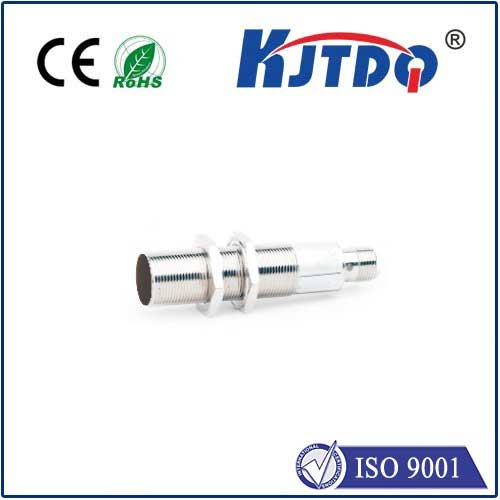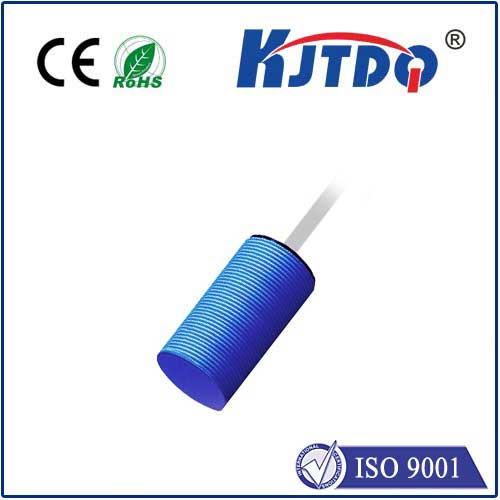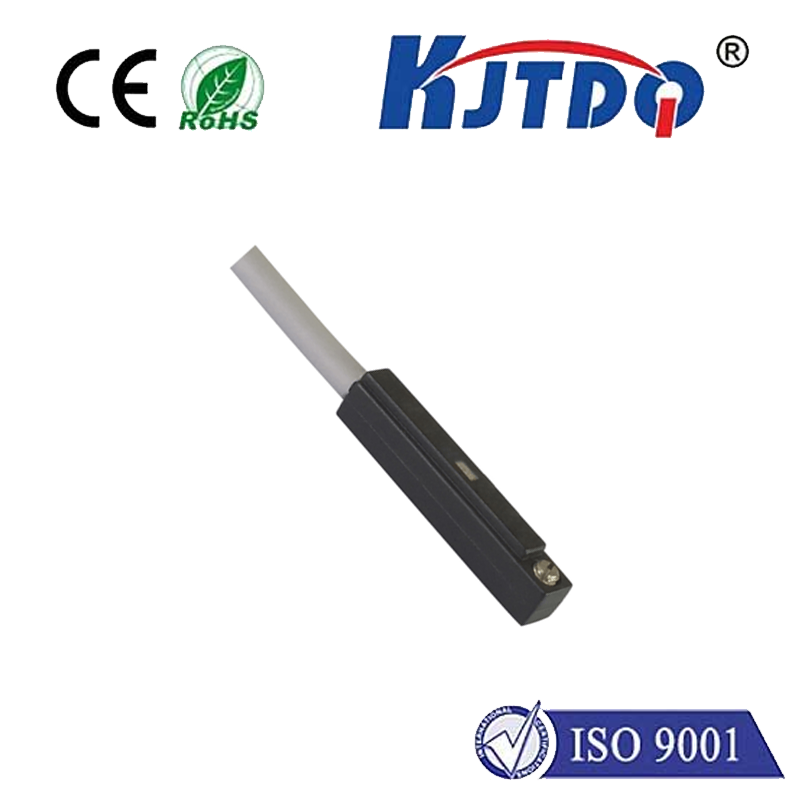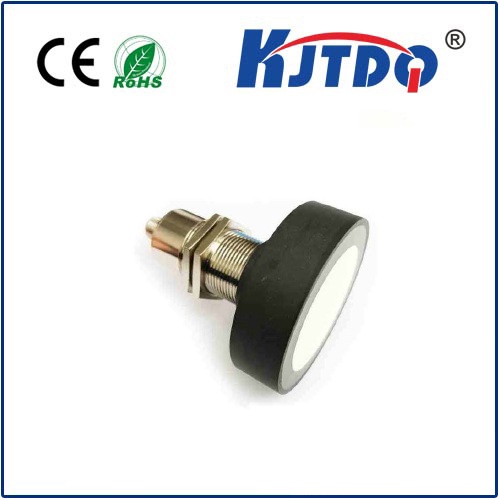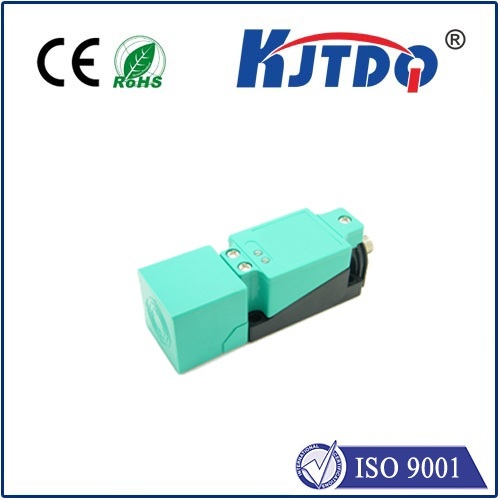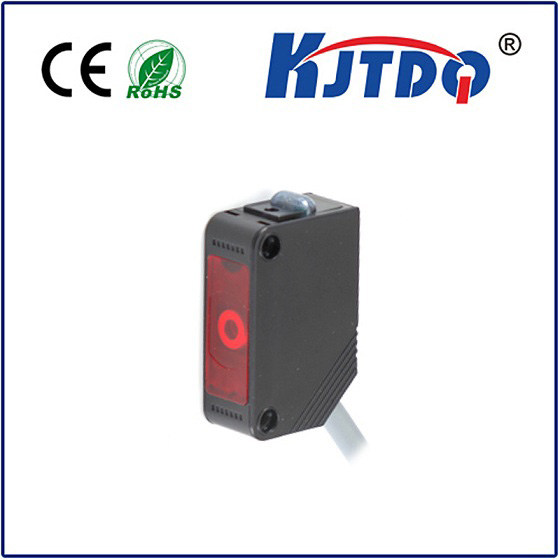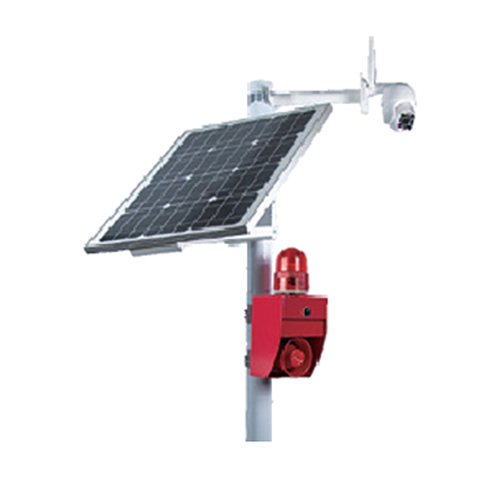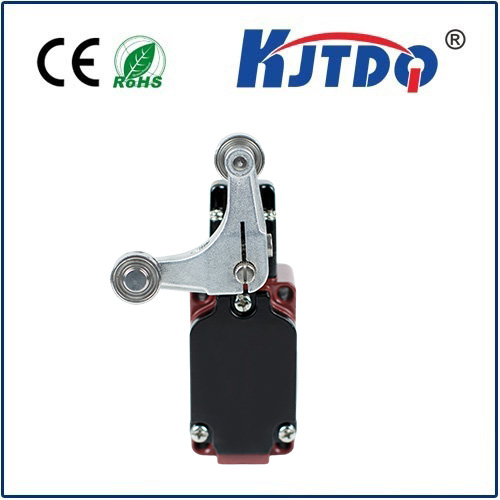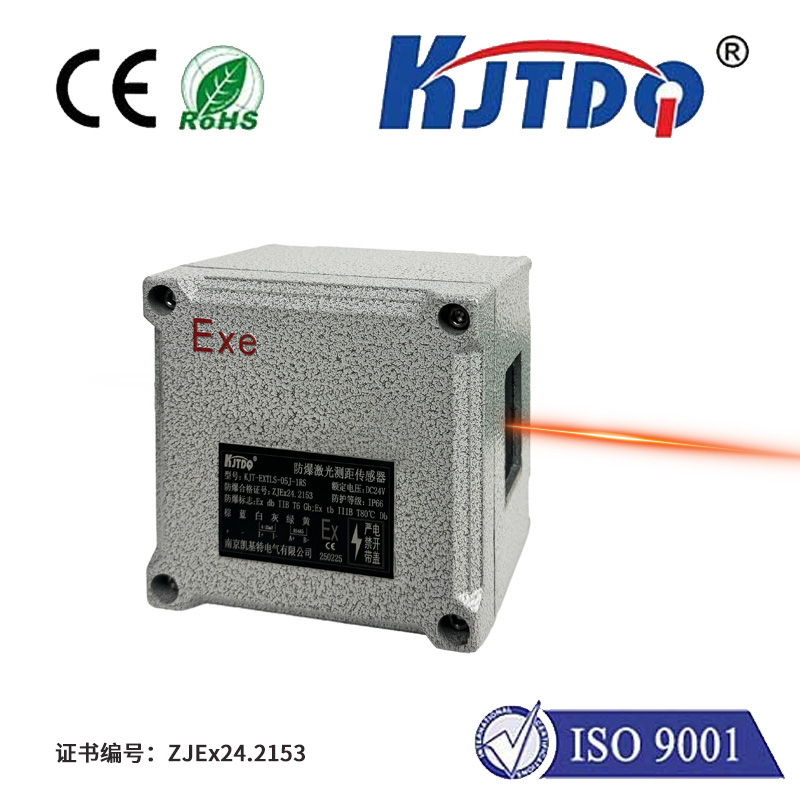

check

check

check

check

check

check

check

check

check

check
Wire Capacitive Proximity Sensor: A Revolutionary Technology for Non-Contact Detection
The 2 wire capacitive proximity sensor is a revolutionary technology that has transformed the way we detect objects and measure distances. This sensor works on the principle of capacitance, which is the ability of a body to store electricity. When an object comes closer to the sensor, it changes the electric field around it, leading to a change in capacitance. This change is then converted into an electrical signal that can be processed by a microcontroller or other electronic device.

One of the main advantages of the 2 wire capacitive proximity sensor is its non-contact nature. Unlike traditional sensors that require physical contact with the object being detected, this sensor can detect the presence of an object without any physical contact. This makes it ideal for applications where contamination or damage to the object being detected could be detrimental.
Another advantage of this sensor is its ability to detect a wide range of materials, including metals, plastics, and even liquids. This makes it versatile and suitable for use in a variety of industries, from manufacturing and packaging to automotive and aerospace.
In addition to its versatility, the 2 wire capacitive proximity sensor is also highly accurate and reliable. It can detect objects at distances of up to several centimeters, depending on the size and shape of the object being detected. This makes it suitable for applications where precise measurements are required, such as quality control inspections or robotic assembly lines.
Overall, the 2 wire capacitive proximity sensor represents a significant advancement in the field of sensor technology. Its non-contact nature, versatility, accuracy, and reliability make it an essential tool for modern industry and scientific research. As we continue to develop new technologies and push the boundaries of what is possible, it is likely that we will see even more exciting applications for this innovative sensor in the future.
